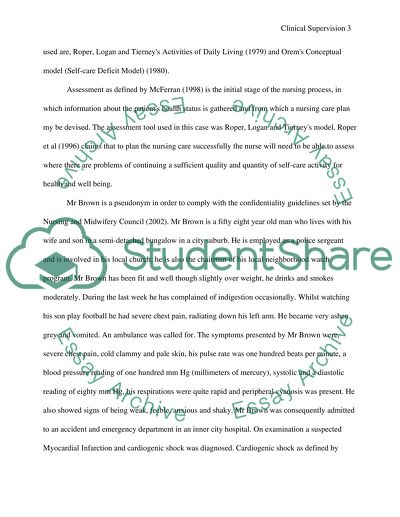Cite this document
(“Health and Social Care Professionals Assignment”, n.d.)
Health and Social Care Professionals Assignment. Retrieved from https://studentshare.org/sociology/1508560-health-and-social-care-professionals
Health and Social Care Professionals Assignment. Retrieved from https://studentshare.org/sociology/1508560-health-and-social-care-professionals
(Health and Social Care Professionals Assignment)
Health and Social Care Professionals Assignment. https://studentshare.org/sociology/1508560-health-and-social-care-professionals.
Health and Social Care Professionals Assignment. https://studentshare.org/sociology/1508560-health-and-social-care-professionals.
“Health and Social Care Professionals Assignment”, n.d. https://studentshare.org/sociology/1508560-health-and-social-care-professionals.


